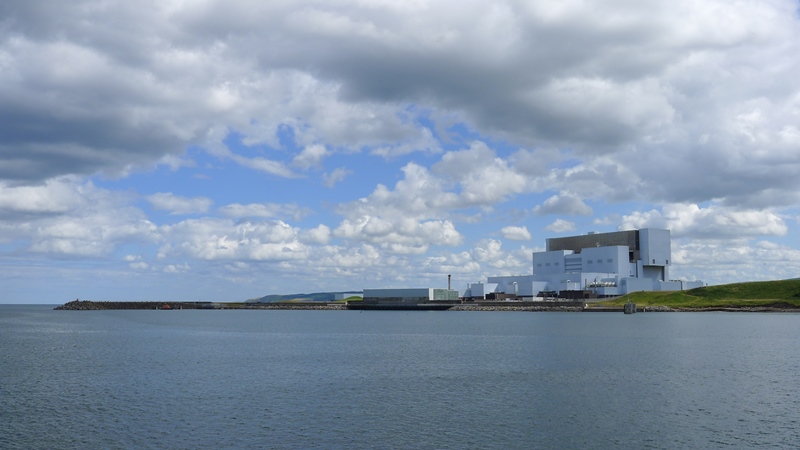At a glance
- DatesMarch 2017–March 2021
- SponsorEPSRC, Smith Institute, EDF
- Funded£160,000
- PartnersEDF
EDF’s coastal nuclear power stations are increasingly becoming plagued by dense accumulations of jellyfish and seaweed, which clog the cooling water intakes, restricting cooling water flow. Restricted access to cooling water necessitates a reduction in electricity generation or even complete reactor shutdown. In the worst cases, the jellyfish or seaweed causes damage at the intakes, leading to repairs and clean up. In the UK, the power stations at Torness, Hunterston and Heysham have all been affected, with other stations predicted to follow suite in the future as a result of changes in sea temperature and currents.
Although the fundamental factors leading to jellyfish blooms and severe seaweed ingress events are known, there is currently no system in place to identify the risk of a severe ingress event occurring at any place or time. Such a system would allow pre-emptive action to stop the biological material being drawn into the cooling water intakes or, at least, reduce the severity of the ingress event.
Unmanned aerial vehicles (UAVs) are emerging as a key engineering solution for environmental monitoring tasks. On-demand deployment of UAVs enables continuity of current monitoring programmes. In addition, high resolution aerial imagery collected from UAVs could provide better estimates of jellyfish and seaweed extent, density and arrival time should adequate algorithms be developed for that purpose. These two benefits combined will lengthen the detection-response elapsed gap and act as an effective warning system, allowing the power station to take pre-emptive action.
This project links to previous research by the PI on UAVs for catastrophe assessment.

